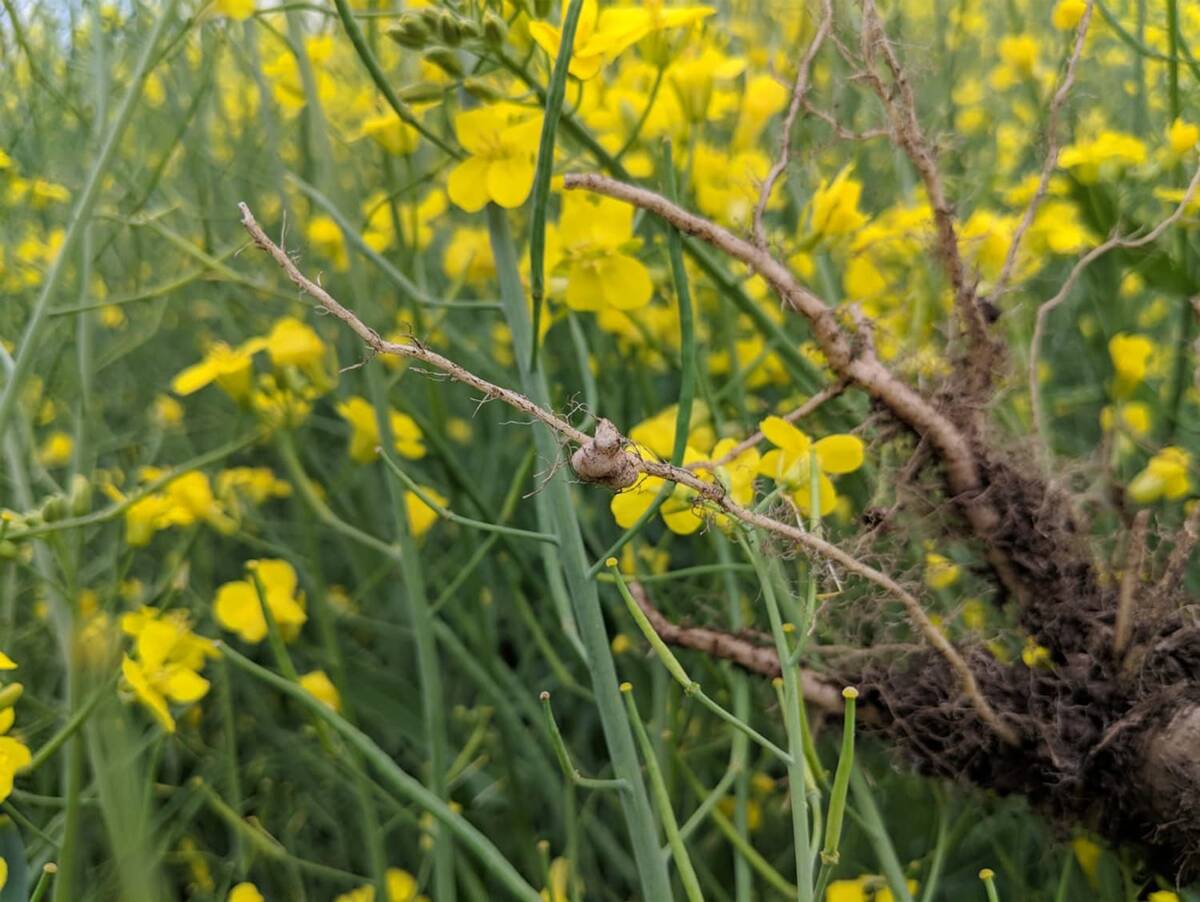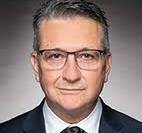CALGARY –Dr. Scott Hurd spent his first week on the job implementing the largest meat recall in United States history.
About 144 million pounds of beef were recalled in early 2008 after the Hallmark processing plant in Chino, California, was found to have slaughtered downer cattle.
Video released by the Humane Society of the United States also showed Hallmark employees using a forklift to drag chained animals to slaughter.
Hurd, a veterinarian and an associate professor at Iowa State University, was at that time deputy undersecretar y for food safety in the U.S. Department of Agriculture.
Read Also

Going beyond “Resistant” on crop seed labels
Variety resistance is getting more specific on crop disease pathogens, but that information must be conveyed in a way that actually helps producers make rotation decisions.
Remarks on the Hallmark recall supported his assertion that animal health has both a perceived and a direct impact on human health and food safety.
“Why did we have to implement that?” he said during a May 18 food safety presentation made at a beef cattle congress in Calgary.
“Because unhealthy animals were going into the food chain. And … society has agreed that healthy animals are the only thing we will accept in the food chain.”
Hurd said society recognizes the importance of veterinarians in food inspection and expects every animal to be checked before slaughter. That didn’t happen in the Hallmark case.
“The reason this recall happened was because a veterinarian was not able to do his job. He was not able to get out there and do the inspection because the plant was trying to subvert him.
“The man was 80 years old, so he didn’t move from inside to outside very quickly, so they had a walkie talkie that said, ‘dog is on his way, put the skid loader away.’ ”
Hurd said in a later interview that there was no question about implementing the recall. Unhealthy animals had entered the food system and that had to be addressed.
However, the resulting waste was distressing.
“What was amazing to me, and difficult really, was because of a few animals that truly shouldn’t have gone into the food chain, we had to recall so much meat. And destroying all that meat that I knew was perfectly safe was sad.
“USDA bought back at least 20 million pounds from the school lunches (program). We got it, we put it on a truck, we hauled it to the landfill and we poured bleach all over it. Twenty million pounds. That was to me the worst part about it.”
Despite that recall and others since, Hurd said meat is safer now than it was in the past.
“In the developed world, food is safer than it has ever been with a couple caveats. One caveat would be E. coli 0157. I think from the best we can tell (it) is a fairly new pathogen, so that’s a new problem that we didn’t have to deal with in the past.
“Then there’s the other caveat about the imported food and imported ingredients and that’s not one that’s better than it was 20 years ago. That’s likely to be one that’s worse than it was 20 years ago, particularly because of what they call economic adulteration. People are putting stuff in the food in order to make it stretch further.”

















